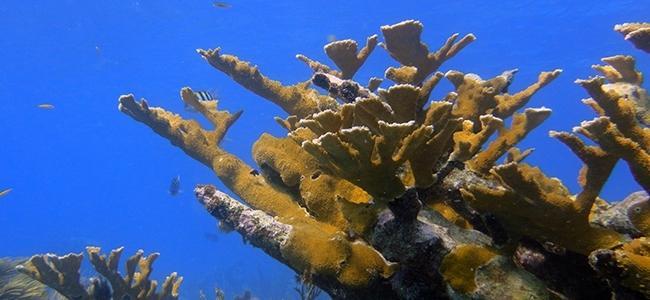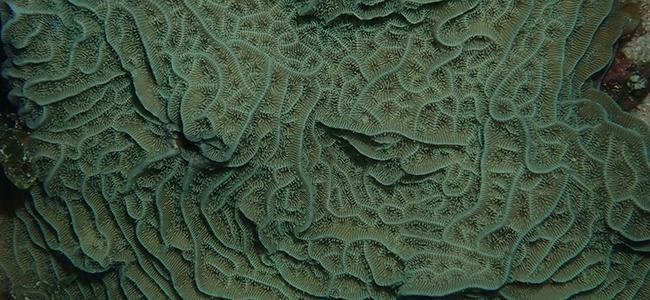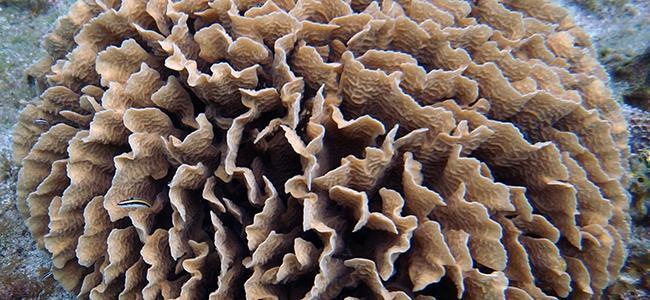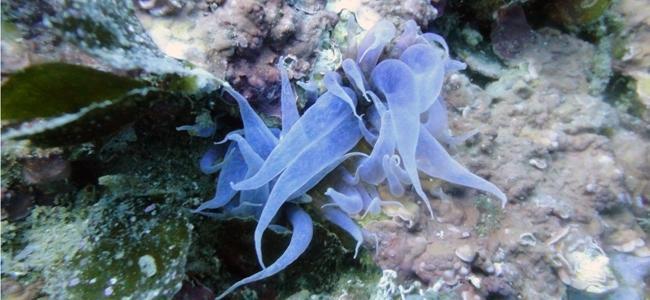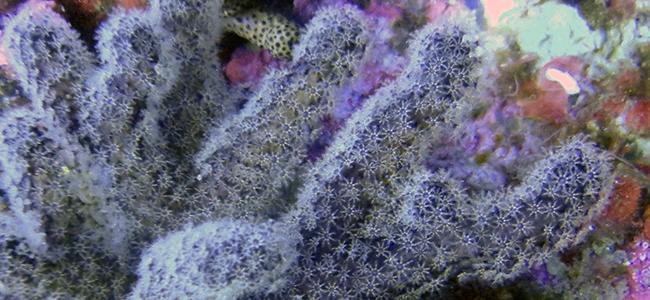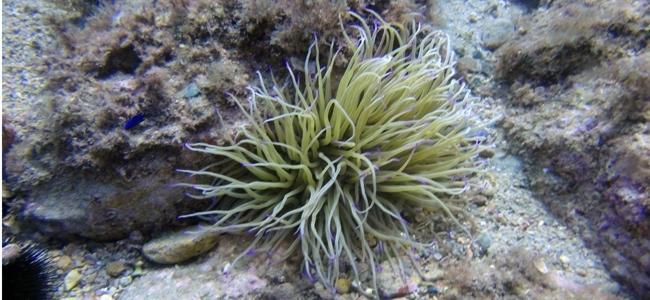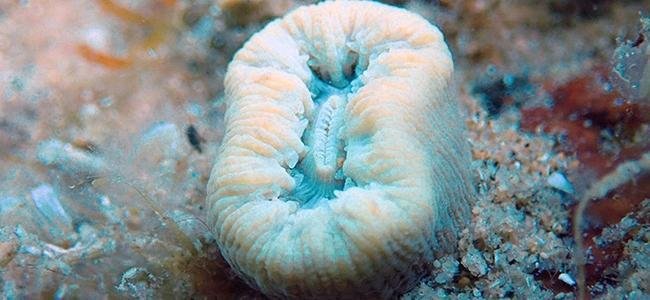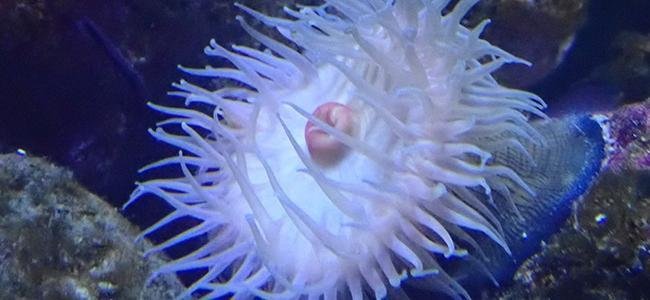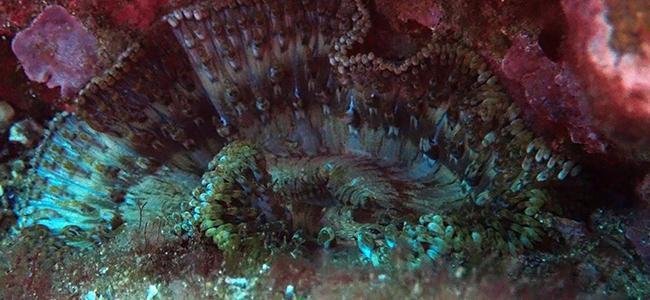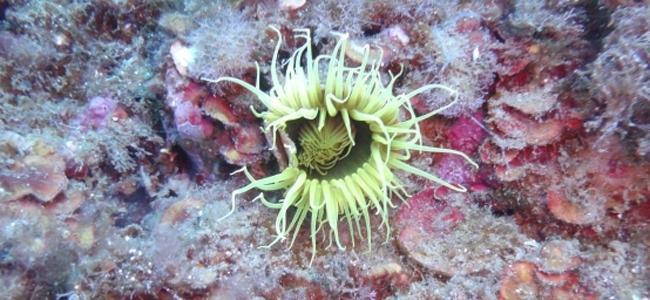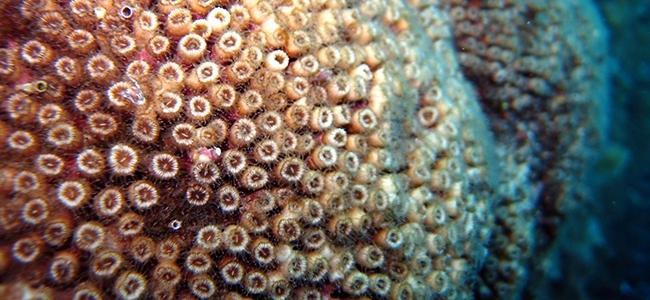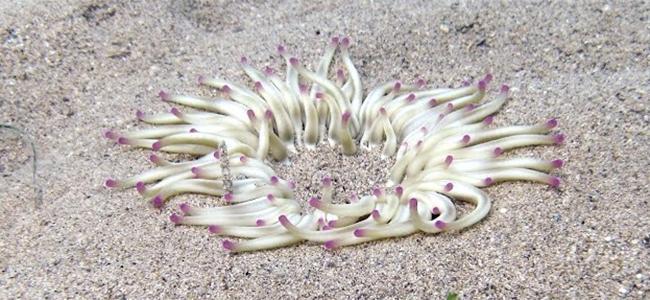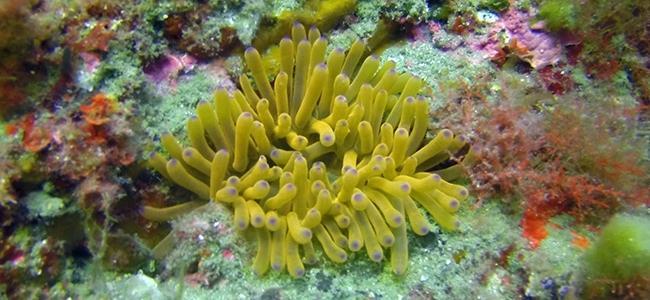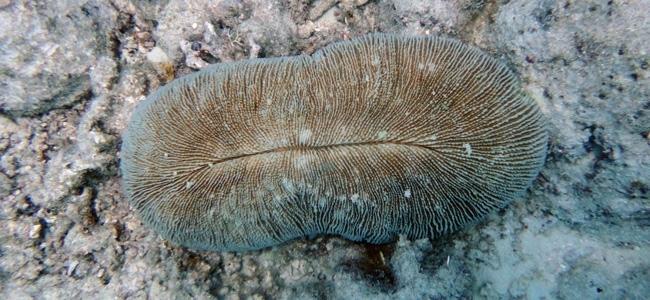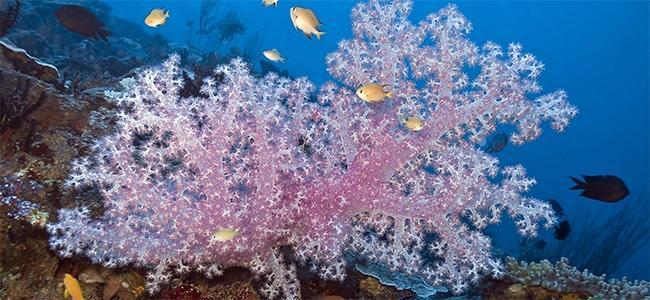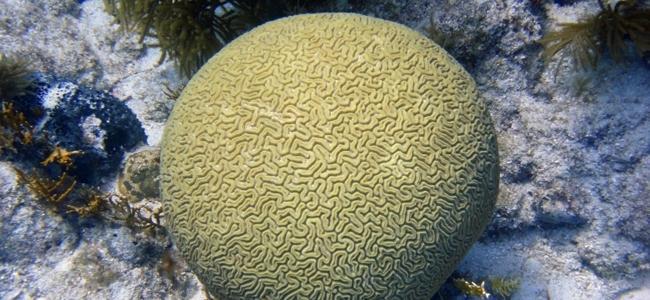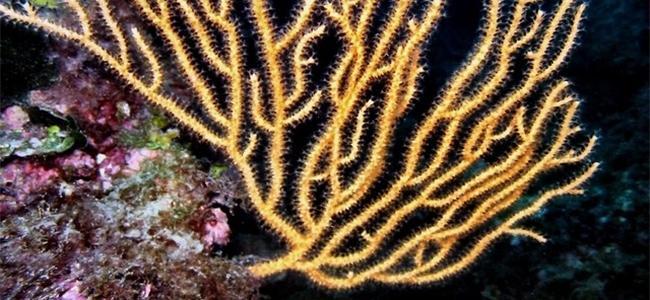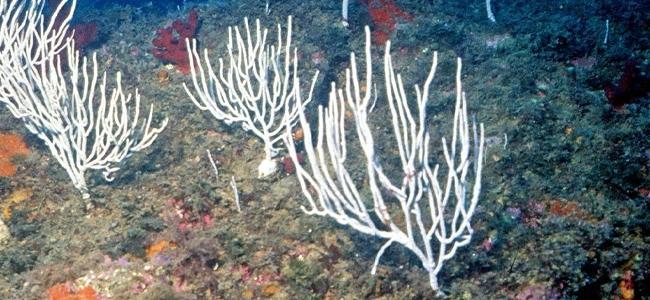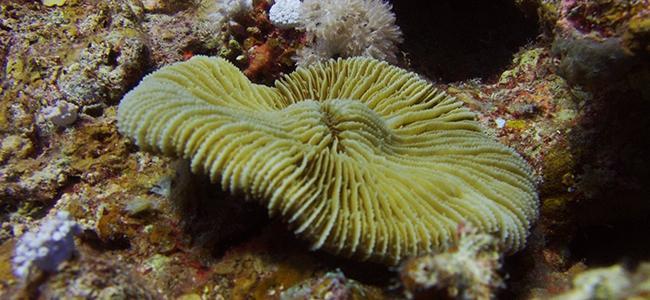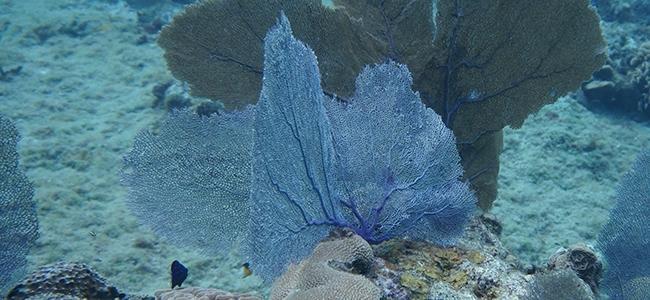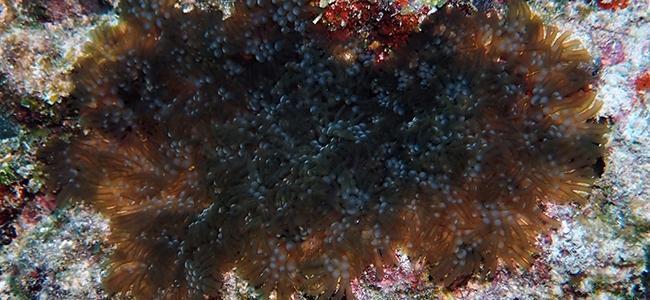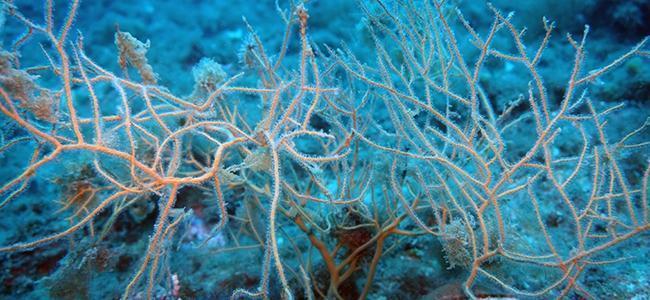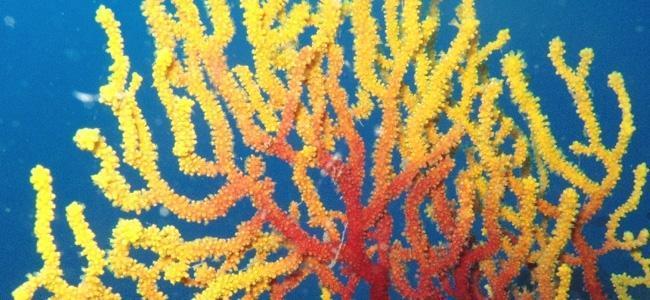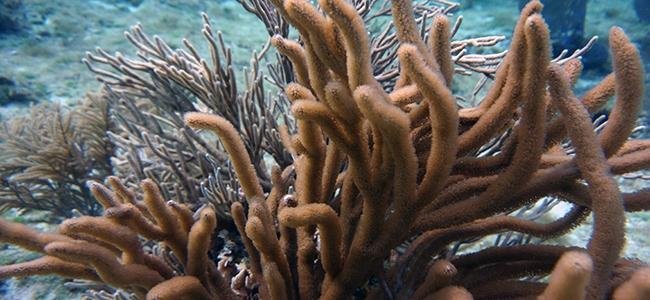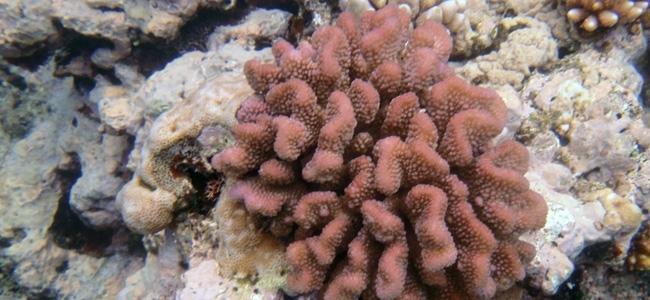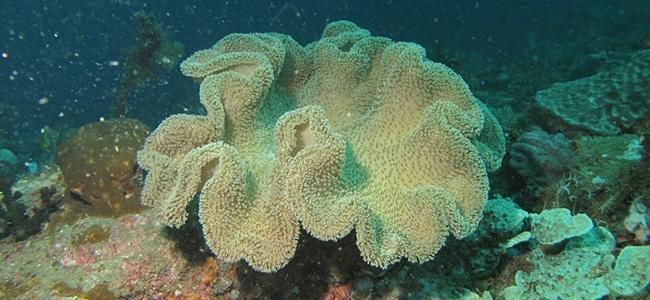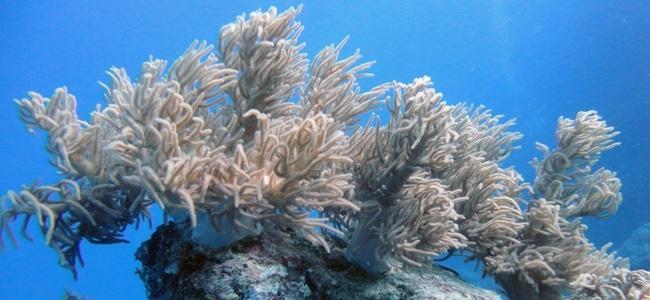This group of Cnidarians, the Anthozoans, only has a polyp phase, and includes more than 6,000 exclusively marine species, among which we find anemones, corals or sea feathers. The Anthozoans have a radial symmetry, and we can differentiate two large groups. The hexacolarians, which have a symmetry based on 6 radii, in which we can find species such as hard corals and anemones. The second big group is the octocolarians, in which the symmetry is based on 8 radii, and we will find species as well known as the soft corals and the gorgonians.
In general, they have a cylindrical body, of which the aboral part is the one that allows them to hold on to the substrate, while the apical part is where the mouth and the tentacles are located it. The tentacles have stinging cells (cnidocytes), that can be very powerful. Anthozoans are carnivorous, capturing their prey with the tentacles and immobilizing them with their stinging cells. Many species supplement their diet with the contribution of sugars generated by unicellular Algae (zooxanthellae). They are inside the body of the Cnidarians forming a symbiotic relationship. These Anthozoans that possess zooxanthellae usually live in shallow, well-lit waters forming coral reefs. We can consider this group of species as the main creators of reefs. There are species that form an exoskeleton composed of calcium carbonate. When accumulated forming large colonies, they generate the coral reefs. Those species that lack symbiotic Algae are usually found at greater depths.
Reproduction of Anthozoans can be asexual or sexual. In anemones and hard corals, the polyp releases the gametes, which are transformed into planula larvae, and live pelagically until they find a place to settle. Asexual reproduction is usually by budding.
